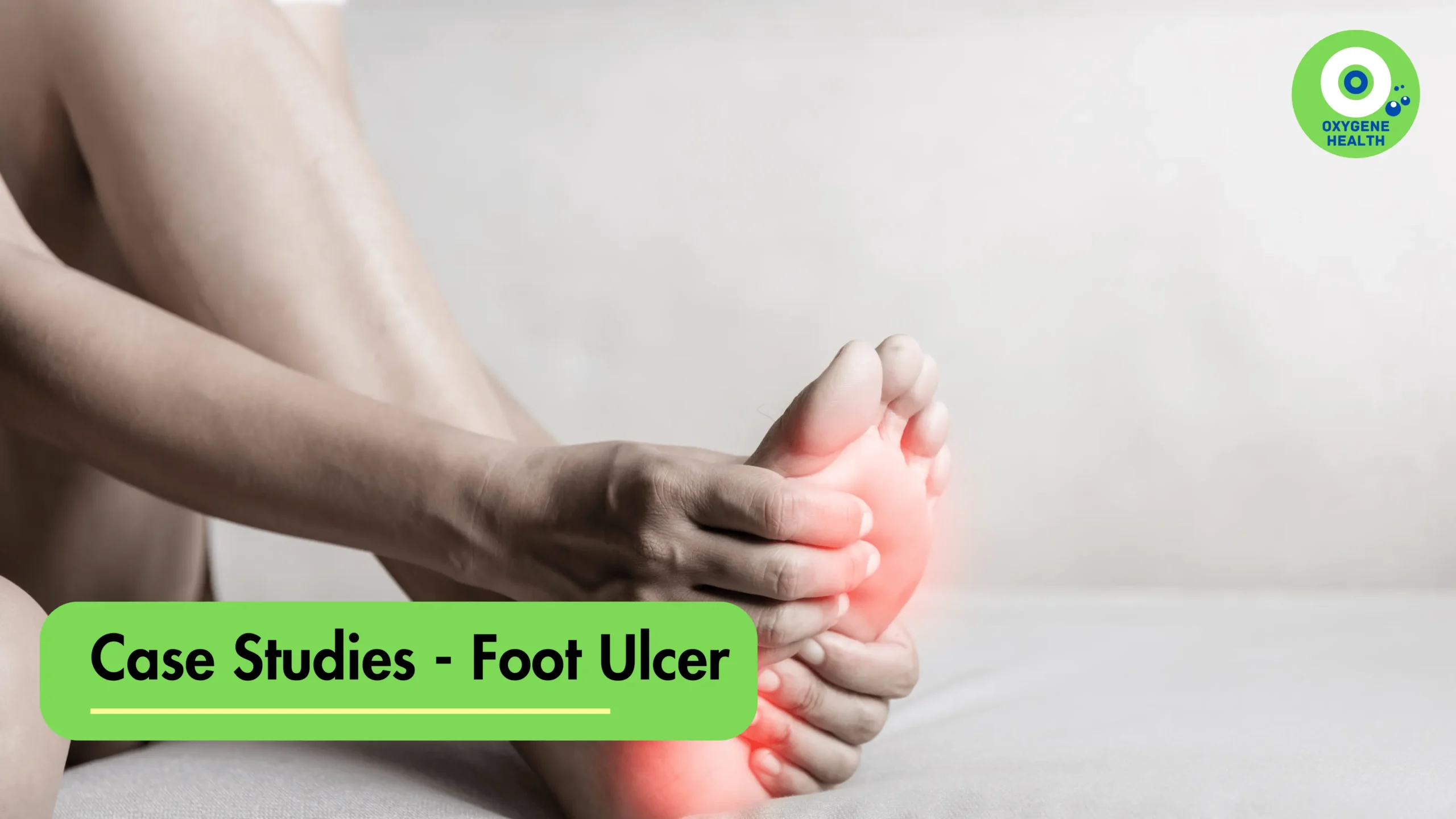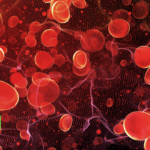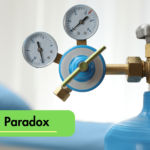Patient Background:
Mary is a 60-year-old woman with a long-standing history of type 2 diabetes mellitus. Despite efforts to control her blood glucose levels, Mary has developed a non-healing diabetic foot ulcer on her right heel. The ulcer is complicated by peripheral neuropathy and peripheral arterial disease, posing challenges to wound healing.
Clinical Presentation:
Mary presents to the wound care clinic with a non-healing diabetic foot ulcer that has been persistent for several months. The ulcer is characterized by necrotic tissue, signs of infection, and compromised tissue perfusion. Despite receiving standard wound care interventions, including debridement, offloading, and antimicrobial therapy, the ulcer fails to show significant improvement.
Treatment Plan:
Given the challenges in wound healing and the risk of complications associated with diabetic foot ulcers, Mary’s healthcare team recommends hyperbaric oxygen therapy (HBOT) as an adjunctive treatment modality to enhance tissue oxygenation and promote wound healing.
Hyperbaric Oxygen Therapy Protocol:
Mary undergoes a series of HBOT sessions, each lasting approximately 90 minutes, under the supervision of trained medical personnel. She receives 100% oxygen at increased atmospheric pressure within a hyperbaric chamber. The treatment regimen consists of daily sessions over several weeks, with gradual adjustments based on Mary’s response to therapy and wound progress.
Progress and Outcomes:
Throughout the course of HBOT, Mary and her healthcare team observe several positive outcomes in the management of her diabetic foot ulcer:
- Wound Healing: Mary’s foot ulcer demonstrates significant improvement in terms of granulation tissue formation, wound bed appearance, and reduction in wound size. The ulcer edges appear healthier, and signs of infection diminish over time.
- Tissue Perfusion: HBOT enhances tissue oxygenation and improves microcirculation, leading to better tissue perfusion around the ulcer site. This facilitates nutrient delivery, cellular proliferation, and collagen synthesis, essential for wound healing.
- Pain Reduction: Mary experiences a reduction in pain associated with the diabetic foot ulcer as HBOT promotes tissue repair and alleviates ischemic pain. She reports improved comfort and mobility, allowing for better adherence to offloading measures.
- Prevention of Complications: By promoting wound healing and reducing the risk of infection, HBOT helps mitigate the potential for complications such as cellulitis, osteomyelitis, and lower extremity amputation.
Follow-up and Long-Term Management:
Following the completion of HBOT sessions, Mary continues to receive ongoing wound care, including regular monitoring, debridement as needed, and offloading strategies. Her healthcare team emphasizes the importance of ongoing diabetic foot care, glycemic control, and preventive measures to minimize the risk of recurrent ulcers.
Conclusion:
In this hypothetical case study, hyperbaric oxygen therapy (HBOT) emerges as a valuable adjunctive treatment modality in the management of diabetic foot ulcers. Mary’s experience highlights the potential benefits of HBOT in enhancing tissue oxygenation, promoting wound healing, and reducing the risk of complications associated with diabetic foot ulcers. However, individual responses to HBOT may vary, and further research is needed to elucidate the optimal protocols and patient selection criteria for HBOT in diabetic foot ulcer management.







